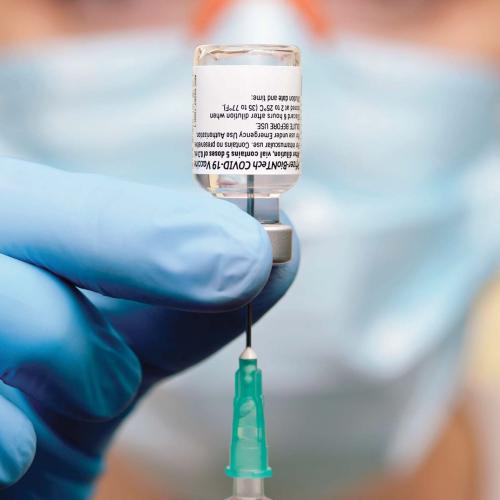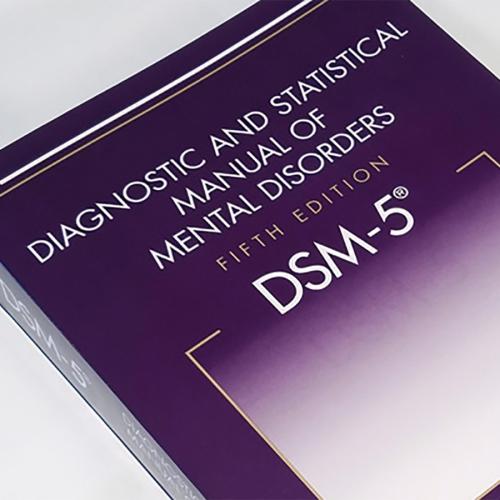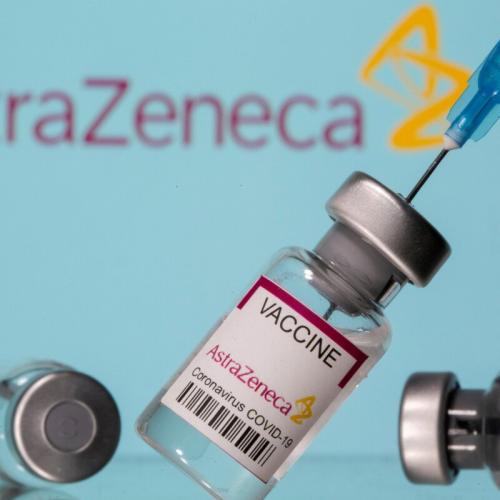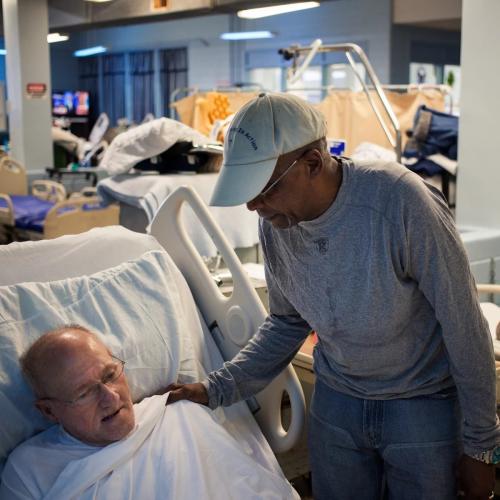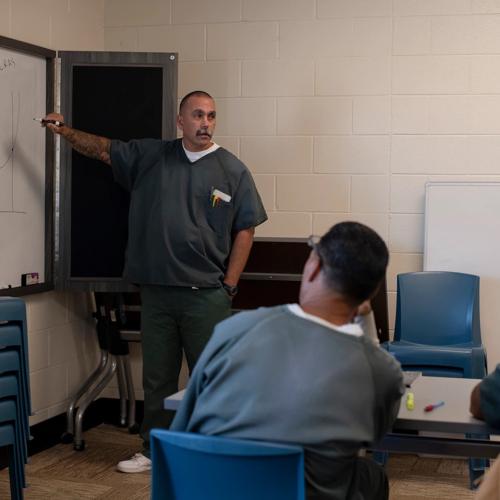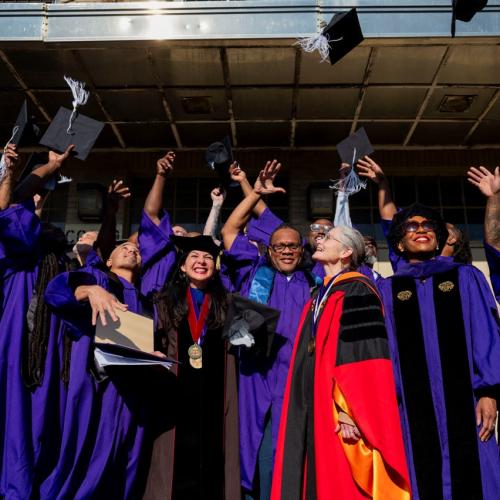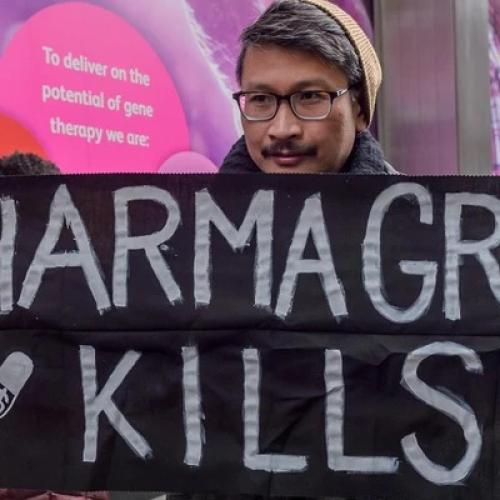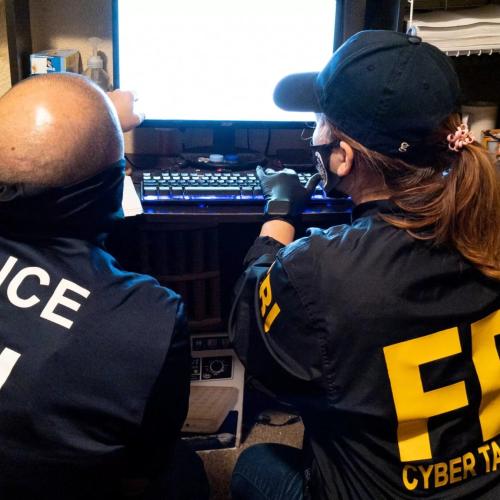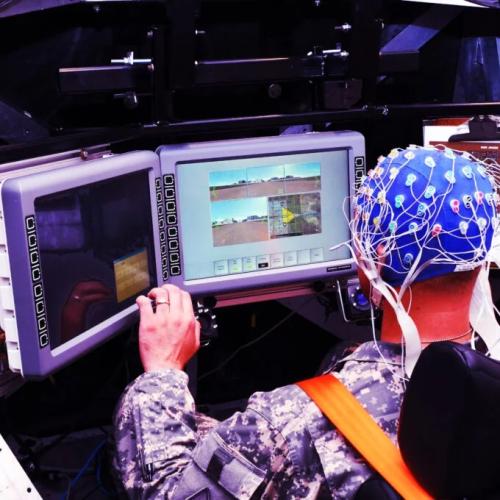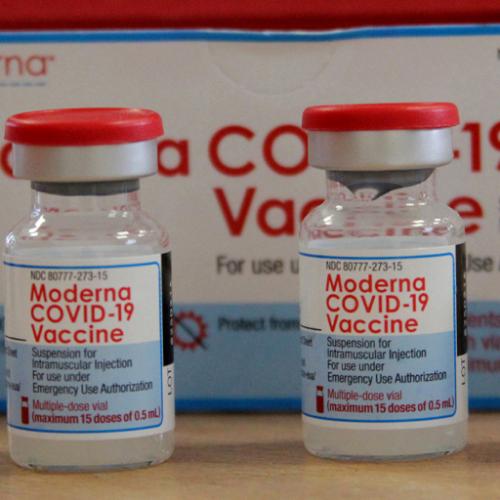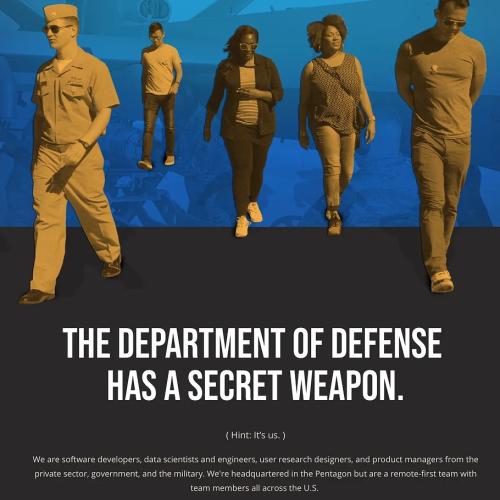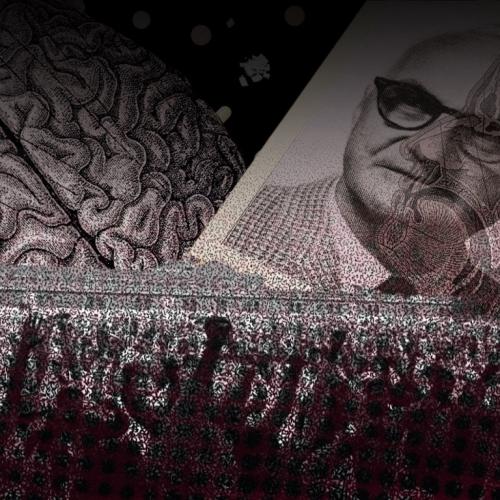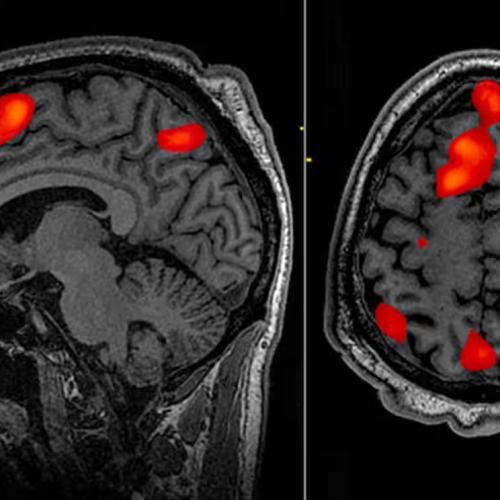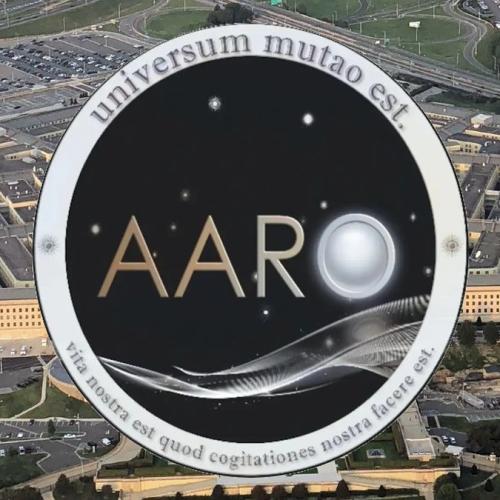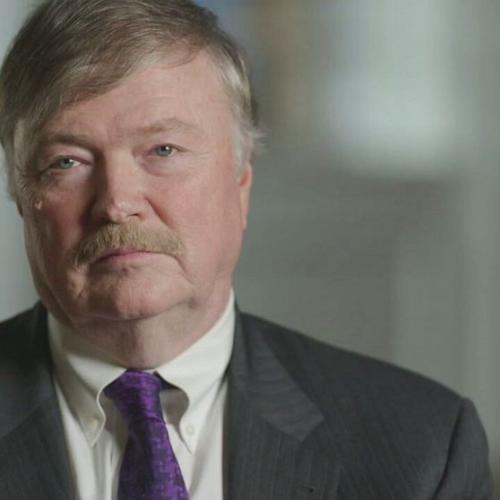Corruption in Science Media Articles
Below are key excerpts of revealing news articles on science corruption from reliable news media sources. If any link fails to function, a paywall blocks full access, or the article is no longer available, try these digital tools.
Japan has again been forced to confront its wartime conduct after a former doctor in the country's imperial navy admitted he had conducted experiments on Filipino prisoners during the second world war. Akira Makino, 84, said in an interview with the Kyodo news agency that he had performed surgery and amputations on dozens of prisoners of war before they were executed in the Philippines. Mr Makino is one of several former Japanese soldiers who decided to reveal the truth about their country's use of human guinea pigs before they die. Unit 731, the imperial Japanese army's notorious germ warfare unit, killed thousands of Chinese civilians and Allied PoWs at its sprawling complex in Harbin, northern China. The victims ... were injected with typhus, cholera and other diseases. They died during the experiments or were executed to prevent them from talking about their experiences. As the end of the war approached, the unit destroyed evidence of their activities. The extent of their activities only came to light following testimony from repentant former doctors, soldiers and nurses. US authorities secretly granted unit officials immunity from prosecution in return for access to years of research into biological weapons. Several former Unit 731 officials went on to enjoy prominent careers in medicine, academia and business. Mr Makino ... said he remained haunted by memories of the experiments. "We should not repeat that misery again," he said. "I want to tell the truth about the war."
Note: Explore a list depicting the rampant use of humans as guinea pigs in government, military, and medical experiments over the last century.
At hundreds of screenings this year of "An Inconvenient Truth," the first thing many viewers said after the lights came up was that every student in every school in the United States needed to see this movie. The producers of former vice president Al Gore's film about global warming ... certainly agreed. So the company that made the documentary decided to offer 50,000 free DVDs to the National Science Teachers Association (NSTA). It seemed like a no-brainer. In their e-mail rejection, they expressed concern that ... they didn't want to offer "political" endorsement of the film; and they saw "little, if any, benefit to NSTA or its members" in accepting the free DVDs. As for classroom benefits, the movie has been enthusiastically endorsed by leading climate scientists worldwide, and is required viewing for all students in Norway and Sweden. But there was one more curious argument in the e-mail: Accepting the DVDs, they wrote, would place "unnecessary risk upon the [NSTA] capital campaign, especially certain targeted supporters." One of those supporters, it turns out, is the Exxon Mobil Corp. That's the same Exxon Mobil that for more than a decade has done everything possible to muddle public understanding of global warming and stifle any serious effort to solve it. It has run ads in leading newspapers ... questioning the role of manmade emissions in global warming, and financed the work of a small band of scientific skeptics who have tried to challenge the consensus that heat-trapping pollution is drastically altering our atmosphere. NSTA says it has received $6 million from the company since 1996. Exxon Mobil has a representative on the group's corporate advisory board.
Schizophrenia patients do as well, or perhaps even better, on older psychiatric drugs compared with newer and far costlier medications, according to a study published yesterday that overturns conventional wisdom about antipsychotic drugs, which cost the United States $10 billion a year. The results are causing consternation. The researchers who conducted the trial were so certain they would find exactly the opposite that they went back to make sure the research data had not been recorded backward. The study was requested by Britain's National Health Service to determine whether the newer drugs -- which can cost 10 times as much as the older ones -- are worth the difference in price. While the researchers had expected a difference of five points on a quality-of-life scale -- showing the newer drugs were better -- the study found that patients' quality of life was slightly better when they took the older drugs. There has been a surge in prescriptions of the newer antipsychotic drugs in recent years, including among children. In an editorial accompanying the British study, the lead researcher in the U.S. trial asked how an entire medical field could have been misled into thinking that the expensive drugs, such as Zyprexa, Risperdal and Seroquel, were much better.
Note: Those who have read our two-page health cover-up summary know very well how the entire medical field could have been misled. For those who haven't seen it: http://www.WantToKnow.info/healthcoverup
Most of the federal scientists who improperly accepted personal money from drug or biotechnology companies walked away with reprimands or were allowed to retire unscathed. Only two of the 44 scientists found to have violated rules governing private consulting deals are being investigated for possible criminal activity, and they remain on the government payroll. NIH spokesman John Burklow said his agency wanted eight others reviewed for possible crimes, but those cases were rejected by the investigating office at the U.S. Health and Human Services Department. The two still outstanding...both committed "serious misconduct," so grave that they would be fired if they were civilians, NIH internal ethics reports contend. [A Congressional] subcommittee is expected to question NIH officials about documents showing it approved several taxpayer-paid trips for [Dr. Trey] Sunderland to attend conferences and events in places like Hawaii and Toronto, even after recommending his firing. Of the 44 alleged offenders...the majority received reprimands or warnings for failing to properly obtain approvals for their outside consulting work. NIH ethics reports allege...two scientists had unauthorized, unreported deals with drug companies -- Sunderland earning more than $600,000 over eight years for consulting and speeches and [Dr. Thomas] Walsh more than $100,000 in five years -- and that their consulting improperly overlapped with government duties.
Note: The Los Angeles Times later reported that Dr. Sunderland was the first NIH scientist in 14 years to be found guily of conflict of interest laws. For more vital information on major collusion between government and the pharmaceutical companies: http://www.WantToKnow.info/healthcoverup.
In 1972, the Tuskegee experiments on black people shocked the world. Now, a new report reveals that the official inquiry was a cover-up. The [syphilis] "trial," conducted between 1932 and 1972, involved 400 black sharecroppers. The Tuskegee "volunteers" were not to be treated, either with Salvarsan or even antibiotics after their discovery. Ignorant of the true goal of the trial, the participants were destined to be living, and dying, examples of the terrible course of the untreated illness. Tuskegee, after its exposure in the media in 1972, thus became a byword in America for racist medical experimentation. Soon after the Tuskegee revelations, fault was admitted, apologies made. Yet in time, historians of medicine, sociologists and social anthropologists began to play down the scandal. Tuskegee, they argued, was an understandable error, given the absence of viable antidotes in the 1930s. But renewed outrage over Tuskegee is about to explode with an investigation entitled Medical Apartheid, to be published in the US early next year. The public-health historian Harriet Washington will reveal ... that the Tuskegee trial was even more inhumane and morally degenerate than previously suspected. The role of Nurse Eunice Rivers became crucial. Above all, her task, aided by the study's doctors, was to ensure that the syphilitic men would receive no treatment, despite the extraordinary advances in treatment from the 1940s onwards. "By 1955," according to Washington, "nearly one-third of the autopsied men had died directly of syphilis and many of the survivors were suffering its deadliest complications."
Note: For lots more on the history humans used as guinea pigs in experiments by government: http://www.WantToKnow.info/humanguineapigs and http://www.WantToKnow.info/mindcontrollers10pg#human
Steorn has now posted a slick, five-minute video that features interviews with company CEO Sean McCarthy as well as the company's marketing director. For more background, see our earlier discussion. The video's slick, and not too heavy on scientific detail. But it's worth checking out. It does begin to explain the company's motivations for choosing to issue a challenge in the Economist. McCarthy: "The first roadblock is science. With the academic community, it might take five to seven years before being able to get to a consensus position. As a business, that makes absolutely no sense." The video explains that a "quiet" campaign was plan A. The direct marketing approach currently being taken is Plan B. McCarthy: "The claim does rail against so much thinking from ordinary people. We have to fight public opinion, we have to fight the scientific community and we have to fight the energy industry. We couldn't pick a worse battleground."
Note: For lots more on the many who have developed similar discoveries and how they have been either bought out or shut down, click here.
For the second time in two months, The Journal of the American Medical Association says it was misled by researchers who failed to reveal financial ties to drug companies. The latest incident, disclosed in letters to the editor and a correction in Wednesday's journal, involves a study showing that pregnant women who stop taking antidepressants risk slipping back into depression. Most of the 13 authors have financial ties to drug companies including antidepressant makers, but only two of them revealed their ties when the study was published in February.
Note: To understand how the drug companies manipulate results and even exert tremendous influence over the U.S. Congress, see http://www.WantToKnow.info/healthcoverup
Just how far will corporate lobbyists go to tilt governmental decisions in their favor? Last fall, the U.S. Court of Appeals for the District of Columbia Circuit ruled that the Clean Air Act does not require regulating carbon dioxide emissions that are heating up the planet at an unprecedented rate. It turns out that two of the jurists who helped decide the case -- Chief Judge Douglas H. Ginsburg and Judge David B. Sentelle -- attended a six-day global warming seminar at Yellowstone National Park sponsored by a free-market foundation and featuring presentations from companies with a clear financial interest in limiting regulation. Exxon Mobil Corp. and other large businesses contribute to conservative think tanks to help "educate" federal judges through seminars like the one at Yellowstone. The Code of Conduct for federal judges does not prohibit attending such seminars -- as long as participation does not "cast reasonable doubt on the capacity to decide impartially issues that may come before them." Leaders of Congress and the federal courts seem to recognize that the federal judiciary ought to be out of bounds for lobbyists. Judges are appointed for life, and allowing insider access threatens the integrity of the one branch of government that should stand above politics. Court cases must be won by argument, not by influence, and that means putting a stop to judicial junkets that give one side of the debate an unfair advantage.
Fraudulent research regularly appears in the 30,000 scientific journals published worldwide, a former editor of the British Medical Journal (BMJ) said today. Even when journals discover that published research is fabricated or falsified they rarely retract the findings, according to Richard Smith, who was also chief executive of the BMJ publishing group. Writing in the latest edition of the Journal of the Royal Society of Medicine, Dr Smith called on editors to blow the whistle on bad research and to use their clout to pressure universities into taking action against dodgy researchers. The former BMJ editor said it was likely that research fraud was "equally common" in the 30,000 plus scientific journals across the globe but was "invariably covered up". His call for action comes in the wake of several high profile cases of fraudulent research, including the Korean scientist Hwang Woo-suk who fabricated stem cell research that it was claimed would open up new ways to treat diseases like Parkinson's. Dr Smith criticised the failure of scientific institutions, including universities, to discipline dodgy researchers even when alerted to problems by journals. "Few countries have measures in place to ensure research is carried out ethically," he said. "Most cases are not publicised. They are simply not recognised, covered up altogether or the guilty researcher is urged to retrain, move to another institution or retire from research."
Note: For reliable information on the collusion of industry, government, and research facilities who place profits above advances in public health: http://www.WantToKnow.info/healthcoverup
Some of Britains leading scientists have accused the BBC of quackery by misleading viewers in an attempt to exaggerate the power of alternative medicine. The criticisms centre on Alternative Medicine, a series broadcast on BBC2 in January. The key critics include two scientific advisers to the series: Edzard Ernst, professor of complementary medicine at Exeter University; and George Lewith, director of the centre for the study of complementary medicine at Southampton University. Lewith, an expert on the effects of acupuncture, said in an interview yesterday: The experiment was not groundbreaking; its results were sensationalised. A [BBC] spokesman said yesterday: We take these allegations very seriously and we strongly refute them. We used two scientific consultants for the series, Professor Ernst and Jack Tinker, dean emeritus of the Royal Society of Medicine, both of whom signed off the programme scripts. It seems extremely unusual that Professor Ernst should make these comments so long after the series has aired. The spokesman said Tinker had indicated he remained happy with the tone and content of the films, stating: Fellow medics at the Royal Society, including one eminent professor, said it was the best medical series they had seen on television.
[AJ] remembers every day and almost every detail of her life. James McGaugh is one of the world's leading experts on how the human memory system works. But these days, he admits he's stumped. McGaugh's journey through an intellectual purgatory began six years ago when a woman now known only as AJ wrote him a letter detailing her astonishing ability to remember with remarkable clarity even trivial events that happened decades ago. Give her any date...and she could recall the day of the week, usually what the weather was like on that day, personal details of her life at that time, and major news events that occurred on that date. Like any good scientist, McGaugh was initially skeptical. But not anymore. "This is real," he says. "In order to explain a phenomenon you have to first understand the phenomenon," McGaugh says. "We're at the beginning."
Note: The human mind and spirit are much more powerful than many scientists might imagine.
From 1994 to 2003, medical research funded by pharmaceutical and biotechnology companies steadily increased and now surpasses research funded by government or public sources, according to a review of the most frequently cited studies. In the new study, reported in the March 17th online issue of the British Medical Journal, the sponsorship of 289 articles...was determined. Overall, 60% of articles had government or public funding and 36% were funded by industry. However, this masks the dramatic rise in industry funding that occurred over time: in 1994, roughly 30% of articles were funded by industry compared with over 50% in 2001. Moreover, 65 of the 77 most cited randomized controlled trials involved industry funding. "Medical research should reflect public needs more closely and the efforts of all of those involved should be better coordinated," the authors emphasize.
HIV tests detect footprints, never the animal itself. These footprints, antibodies ... were limited to two in 1984 ... but over the years expanded to include many proteins previously not associated with HIV. A majority of HIV-positive tests, when retested, come back indeterminate or negative. In many cases, different results emerge from the same blood tested in different labs. There are currently at least eleven different criteria for how many and what proteins at which band density signal positive. The most stringent criteria (four bands) are upheld in Australia and France; the least stringent (two bands), in Africa, where an HIV test is not even required as part of an AIDS diagnosis. Africa ... has become ground zero of the AIDS epidemic. The clinical definition of AIDS in Africa, however, is stunningly broad and generic, and was seemingly designed to be little other than a signal for funding. The Bangui definition of AIDS ... requires neither a positive HIV test nor a low T-cell count, as in the West, but only the presence of chronic diarrhea, fever, significant weight loss, and asthenia. These happen to be the symptoms of chronic malnutrition, malaria, parasitic infections, and other common African illnesses. The statistical picture of AIDS in Africa, consequently, is a communal projection based on very rough estimates ... extrapolated across the continent using computer models and highly questionable assumptions. More than 2,300 people, mostly scientists and doctors, including Nobelists in chemistry and medicine, have signed the petition of the Group for the Scientific Reappraisal of the HIV-AIDS Hypothesis, which calls for a more independent and skeptical approach to the question of AIDS causality.
Note: If you want to be educated about the details of how rampant corruption has become in the medical research industry, read this well researched article. For a concise description of unbridled corruption in the health care industry by one of the most respected doctors in the world, click here.
Academics and the media have failed dismally to ask the crucial question of scientists' claims: who is paying you? In the 1990s, [Arise] was one of the world's most influential public-health groups. It described itself as "a worldwide association of eminent scientists who act as independent commentators". Its purpose ... was to show how "everyday pleasures, such as eating chocolate, smoking, drinking tea, coffee and alcohol, contribute to the quality of life". "Scientific studies show that enjoying the simple pleasures in life, without feeling guilty, can reduce stress and increase resistance to disease". Between September 1993 and March 1994 ... [Arise] generated 195 newspaper articles and radio and television interviews, in places such as the Wall Street Journal, the International Herald Tribune, the Independent, the Evening Standard, El Pas, La Repubblica, Rai and the BBC. In 1998 [tobacco] firms were obliged to place their internal documents in a public archive. Among them ... is a memo from ... Philip Morris - the world's largest tobacco company. The title is "Arise 1994-95 Activities and Funding". This showed that in the previous financial year Arise had received $373,400: ... over 99% - from Philip Morris, British American Tobacco, RJ Reynolds and Rothmans. The memo suggests Arise was run not by eminent scientists but by eminent tobacco companies. How much more science is being published in academic journals with undeclared interests like these? How many more media campaigns ... have been secretly funded and steered by corporations?
Note: If you want to understand how corporate interests secretly manipulate both scientific results and public perception, this excellent article is well worth reading.
After [a] speech and the release of data by Dr. Hansen on Dec. 15 showing that 2005 was probably the warmest year in at least a century, officials at the headquarters of the space agency repeatedly [warned] Dr. Hansen that there would be "dire consequences" if such statements continued. Hansen, longtime director of the agency's Goddard Institute for Space Studies, said in an interview that officials at NASA headquarters had ordered the public affairs staff to review his coming lectures, papers, postings on the Goddard Web site and requests for interviews from journalists. Dean Acosta, deputy assistant administrator for public affairs at the space agency, said...the restrictions on Dr. Hansen applied to all [NASA] personnel. "This is not about any individual or any issue like global warming," he said. Dr. Hansen strongly disagreed...saying such procedures had already prevented the public from fully grasping recent findings. Dr. Hansen said that nothing in 30 years equaled the push made since early December to keep him from publicly discussing what he says are clear-cut dangers from further delay in curbing carbon dioxide. The fight between Dr. Hansen and administration officials echoes other recent disputes. At climate laboratories of the National Oceanic and Atmospheric Administration, for example, many scientists who routinely took calls from reporters five years ago can now do so only if the interview is approved by administration officials in Washington, and then only if a public affairs officer is present or on the phone.
The idea that measuring the properties of one particle could instantaneously change the properties of another one (or a whole bunch) far away is strange to say the least. The team that pulled off the beryllium feat...hailed it as another step toward computers that would use quantum magic to perform calculations. But it also served as another demonstration of how weird the world really is according to the rules, known as quantum mechanics. Nary a week goes by that does not bring news of another feat of quantum trickery once only dreamed of in thought experiments: particles (or at least all their properties) being teleported across the room in a microscopic version of Star Trek beaming; electrical "cat" currents that circle a loop in opposite directions at the same time; more and more particles farther and farther apart bound together in Einstein's spooky embrace now known as "entanglement." At the University of California, Santa Barbara, researchers are planning an experiment in which a small mirror will be in two places at once. Anton Zeilinger of the University of Vienna said that he thought, "The world is not as real as we think.
Note: Consider also that top secret projects are generally at least 10 years in advance of anything reported in the news or scientific magazines. We can only imagine what these projects might be doing.
US data on influenza deaths are a mess. The Centers for Disease Control and Prevention (CDC) acknowledges a difference between flu death and flu associated death yet uses the terms interchangeably. There are significant statistical incompatibilities between official estimates and national vital statistics data. Compounding these problems is a marketing of fear - a CDC communications strategy in which medical experts “predict dire outcomes” during flu seasons. The CDC website states what has become commonly accepted and widely reported in the lay and scientific press: annually “about 36,000 [Americans] die from flu” and “influenza/pneumonia” is the seventh leading cause of death in the United States. But why are flu and pneumonia bundled together? David Rosenthal, director of Harvard University Health Services, said, “People don't necessarily die, per se, of the [flu] virus. What they die of is a secondary pneumonia. So many of these pneumonias are not viral pneumonias but secondary [pneumonias].” In a written statement, CDC media relations responded to the diverse statistics: “Typically, influenza causes death when the infection leads to severe medical complications.” Most such cases “are never tested for virus infection. The CDC uses indirect modelling methods to estimate the number of deaths associated with influenza.” Thus the much publicized figure of 36,000 is ... an estimate generated by a model.
Note: Full text available at this link or this one. For more along these lines, see concise summaries of deeply revealing news articles on health from reliable major media sources.
It started with nausea and vomiting in the morning, followed by insomnia and the annoying sound of clicking in her ears. Marika Bandera, sitting in her east-end Toronto apartment, begins to cry as she recalls how her symptoms gradually got worse over the course of a year. They included everything from shaking hands and blurred vision to burning skin and mild convulsions. Sessions at a sleep clinic, brain scans, an epilepsy test and numerous visits to her family doctor and various specialists in Toronto failed to determine the cause. It wasnt until a trip to Europe that a doctor there suggested her symptoms may be related to extreme electrical sensitivity, or ES, a suspected allergic- like reaction to radio and electrical frequencies associated with cellphones, wireless base stations, computer screens, power lines and common household appliances. Dr. Magda Havas, a professor of the environmental and resource studies program at Trent University in Peterborough, is one of the few trying to track the condition in Canada. Havas estimates as much as 35 per cent of the population may be suffering from moderate ES, with the severe form Bandera experiences affecting 2 per cent. She speculates that ES may have an association with diseases such as multiple sclerosis and diabetes. Havas ... has experimented with filters that help block what she calls electropollution. I have videos of MS patients who walked with a cane and can now walk unassisted after a few days or weeks with the filters.
Note: This article appears to have been erased from the website of the Toronto Star. For more along these lines, see concise summaries of deeply revealing health news articles from reliable major media sources.
Doctors accused of making up data in medical studies. Allegations of misconduct by U.S. researchers reached record highs last year as the Department of Health and Human Services received 274 complaints - 50 percent higher than 2003 and the most since 1989 when the federal government established a program to deal with scientific misconduct. Chris Pascal, director of the federal Office of Research Integrity, said its 28 staffers and $7 million annual budget haven't kept pace with the allegations. The result: Only 23 cases were closed last year. Of those, eight individuals were found guilty of research misconduct. In the past 15 years, the office has confirmed about 185 cases of scientific misconduct. Research suggests this is but a small fraction of all the incidents of fabrication, falsification and plagiarism. In a survey published June 9 in the journal Nature, about 1.5 percent of 3,247 researchers who responded admitted to falsification or plagiarism. (One in three admitted to some type of professional misbehavior.)
More than 200 scientists employed by the U.S. Fish and Wildlife Service say they have been directed to alter official findings to lessen protections for plants and animals, a survey released Wednesday says. More than half of the biologists and other researchers who responded to the survey said they knew of cases in which commercial interests, including timber, grazing, development and energy companies, had applied political pressure to reverse scientific conclusions deemed harmful to their business.
Note: If the above link fails, click here.
Important Note: Explore our full index to key excerpts of revealing major media news articles on several dozen engaging topics. And don't miss amazing excerpts from 20 of the most revealing news articles ever published.













